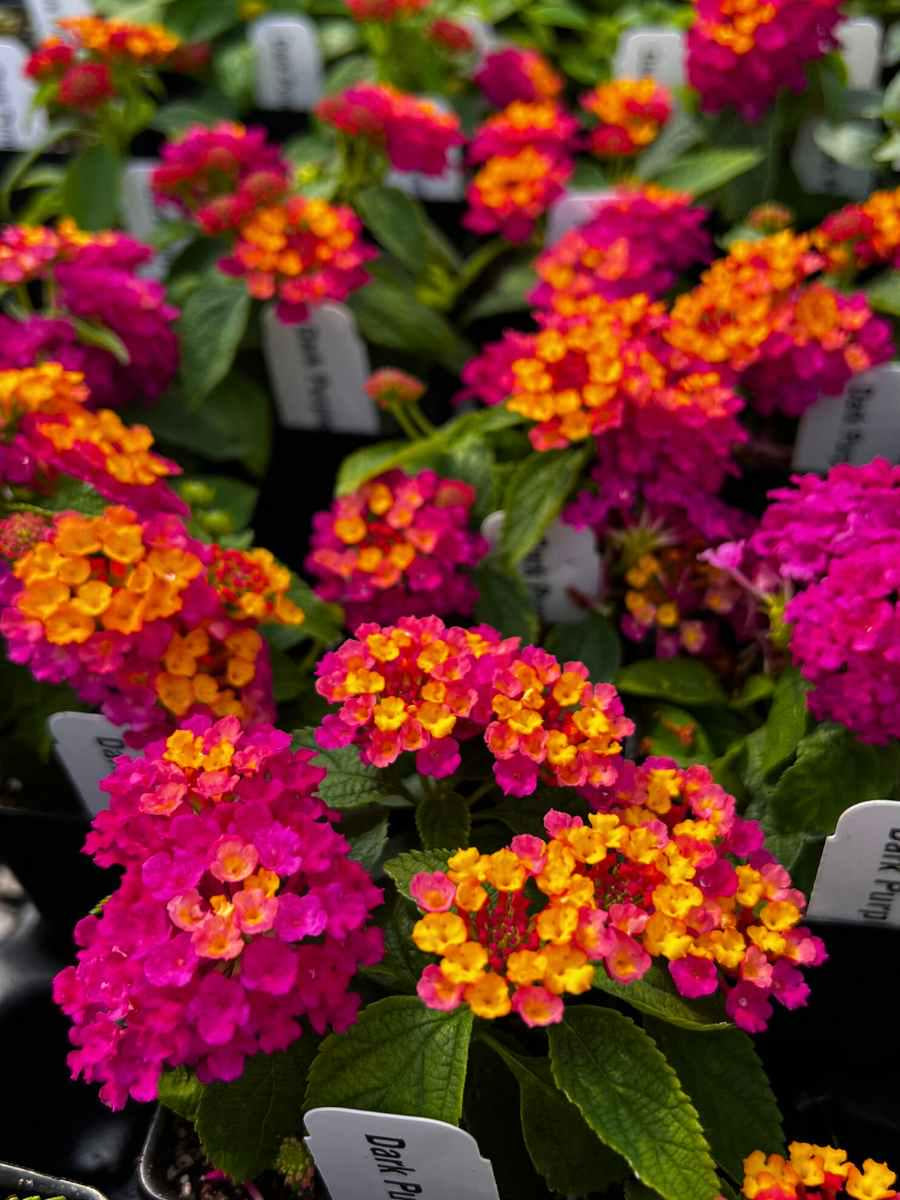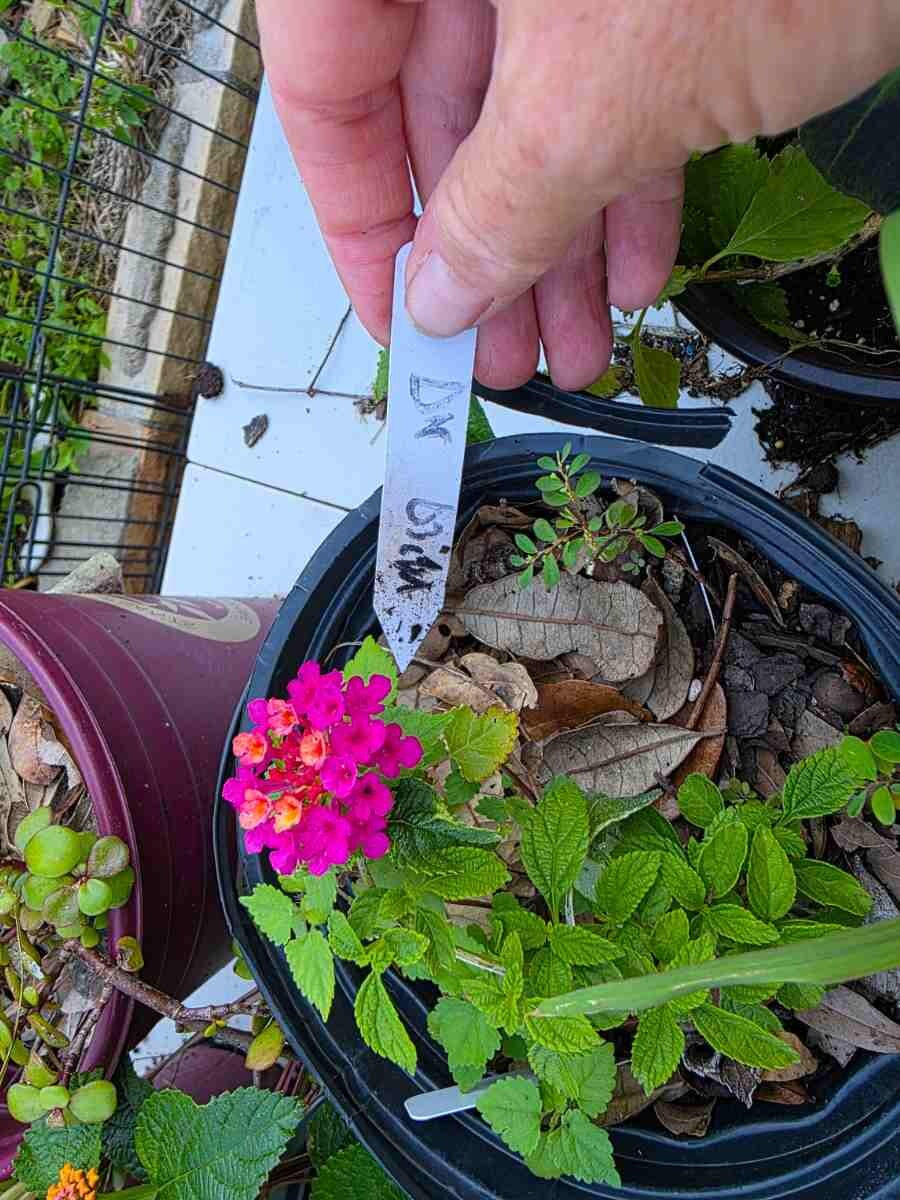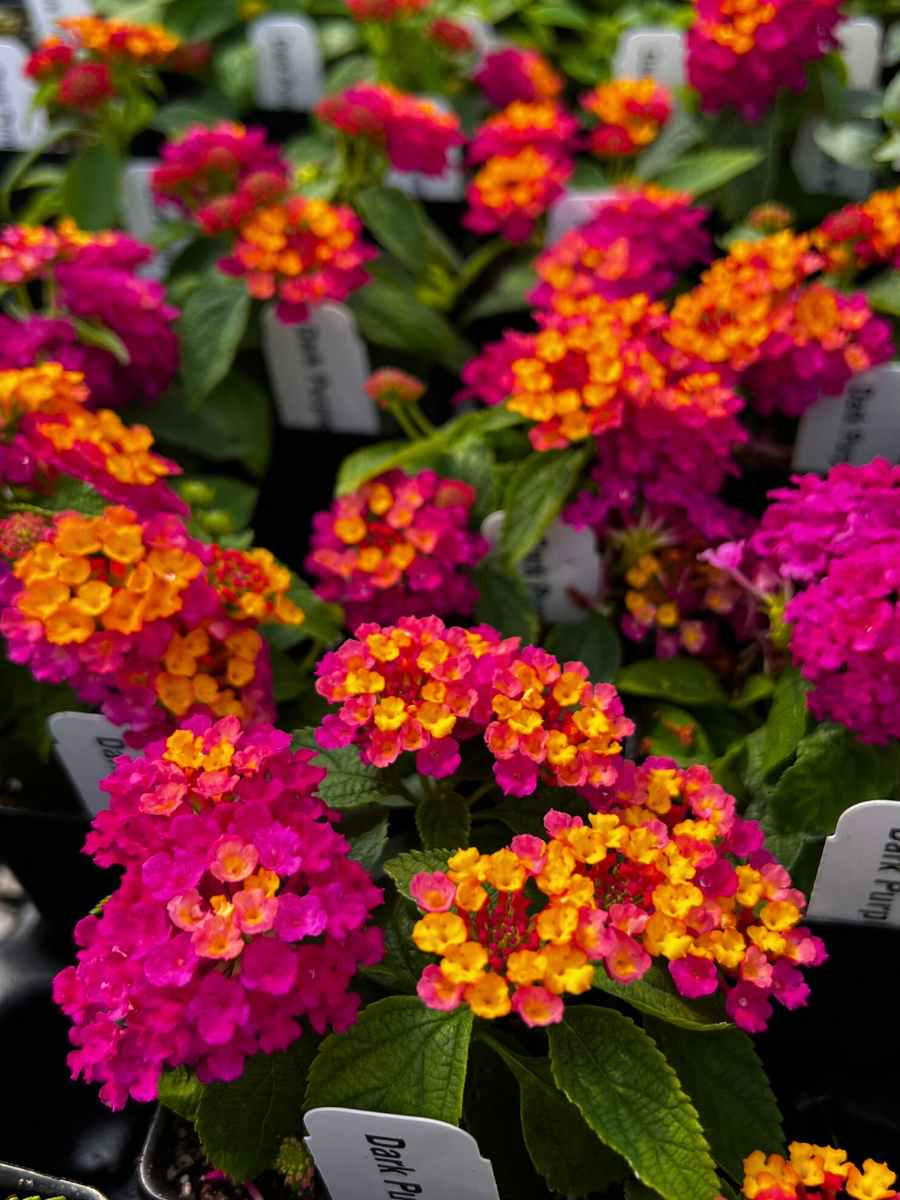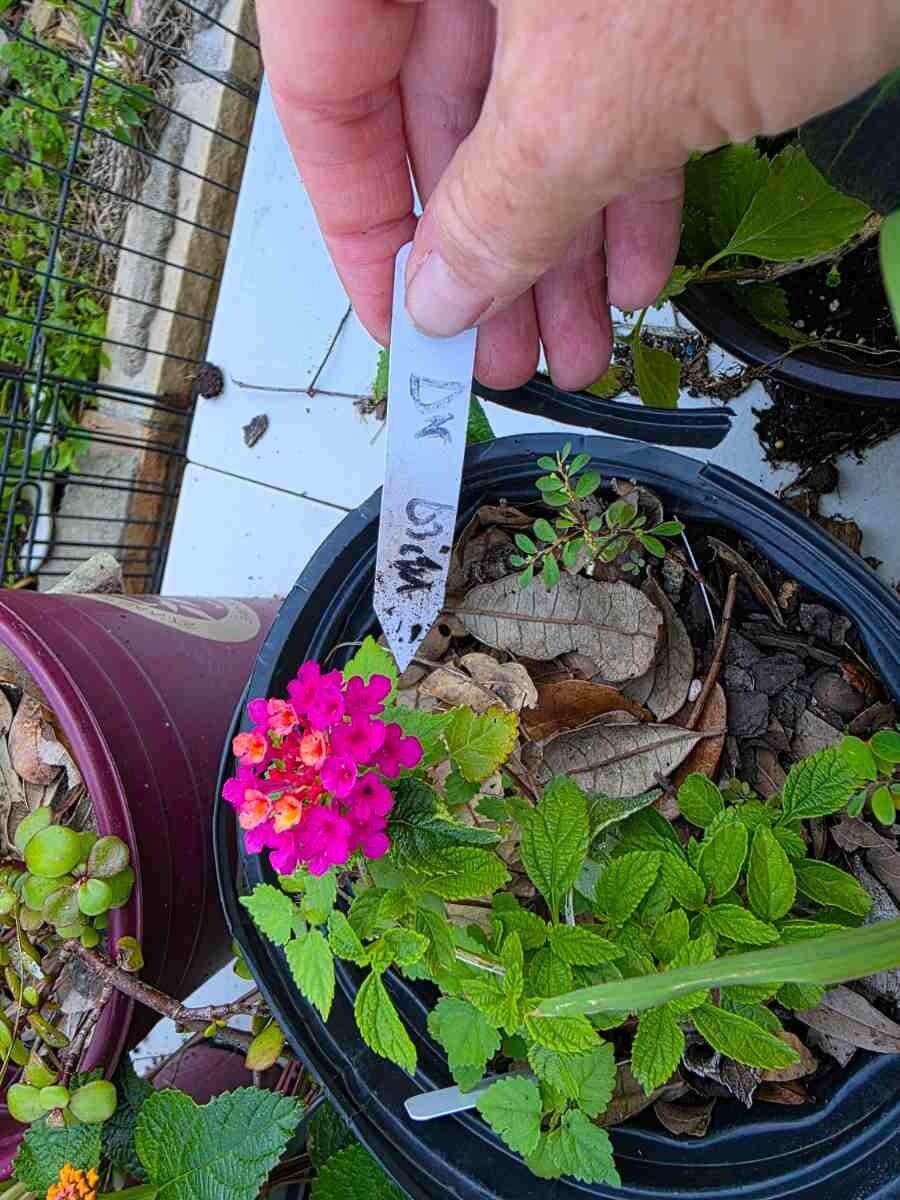1
/
of
2
Lantana camara 'Dark Purple' Live Potted House Plants Easy Care Houseplant
Lantana camara 'Dark Purple' Live Potted House Plants Easy Care Houseplant
Regular price
$53.99 USD
Regular price
$0.00 USD
Sale price
$53.99 USD
Unit price
/
per
Couldn't load pickup availability
Lantana camara 'Dark Purple'
***Live Plant Notice – Please Read Before Purchasing***
The plant(s) you receive may not look exactly like the photo. Our images show mature plants grown in ideal conditions and are provided as a representation of what the species can look like at its best. Since you are purchasing a live plant, expect natural variation in size, shape, and color.
Every plant is unique—just like in nature—and factors like lighting, season, and growth stage all impact appearance. We guarantee healthy plants at the time of shipping, but we cannot guarantee an exact match to the listing photos.
Thank you for understanding the beauty and unpredictability of nature!
***DESCRIPTION***
The dark purple lantana (Lantana camara) is a compact, colorful shrub from the Verbenaceae family. Native to tropical regions of Central and South America, this resilient plant is admired for its brilliant clusters of purple blooms and its ability to thrive in hot, sunny conditions. It grows with a neat, mounding habit, typically reaching 1-2 feet tall and spreading 2-4 feet wide outdoors, making it an excellent choice for borders, edging, and containers. Flowering generously from spring until the first frost, this Lantana camara plant provides long-lasting color throughout the growing season. In frost-free climates, it behaves much like the evergreen broadleaf shrubs, holding leaves year-round. In cooler regions, it is frost-sensitive and will die back or be killed by cold, though it can regrow if protected. Outdoors, it thrives in beds, borders, and sunny landscapes, while indoors it can be grown in containers if placed in very bright, sunny locations such as a south-facing window or sunroom. A true pollinator magnet, the lantana dark purple attracts butterflies, bees, and hummingbirds to the garden. While beautiful, it should be handled with care-its berries and foliage are toxic if ingested by pets or humans.
Benefits of Lantana Dark Purple
Produces clusters of rich purple flowers that bloom from spring to frost.
Attracts pollinators such as butterflies, bees, and hummingbirds.
A tough and reliable option among drought-hardy plants.
Compact and mounding growth habit, perfect for edging and borders.
Adapts well to containers for patios, balconies, and sunny indoor spots.
Care Guide
With simple care, your dark purple lantana plant will reward you with vibrant blooms and healthy growth.
Light and Water
Light: Requires full sun with 6-8 hours daily. Indoors, place near a south-facing window or bright sunroom.
Water: Water deeply when the topsoil is dry. Tolerates drought better than soggy conditions, so avoid overwatering.
Soil and Fertilization
Soil: Prefers well-draining soil to prevent root rot.
Fertilizer: Light feeding with a balanced fertilizer during the growing season encourages steady blooms. Avoid heavy fertilization.
Temperature and Humidity
Temperature: Thrives in warm climates; sensitive to frost. Protect or bring indoors during cold weather.
Humidity: Tolerates dry air well but also adapts to average indoor humidity.
Pruning, Propagating, and Repotting
Pruning: Trim regularly to maintain a tidy shape and promote new flowers.
Propagating: Easily propagated through stem cuttings.
Repotting: Container-grown plants benefit from repotting every 1-2 years with fresh soil.
Common Problems
Pests: May occasionally attract aphids or whiteflies; treat with insecticidal soap if needed.
Overwatering: It can lead to root rot. Always allow soil to dry between waterings.
Cold damage: Frost can kill or severely damage the plant. Move indoors or cover in winter.
Best Location and Uses
Excellent for sunny borders, flower beds, and low hedges.
Perfect for container gardening on patios, decks, and balconies.
Can be kept indoors in very bright, sunny rooms or sunrooms.
Great addition to pollinator gardens, attracting butterflies, bees, and hummingbirds.
Compact growth makes it easy to use in smaller garden spaces or as edging along pathways.
Share




